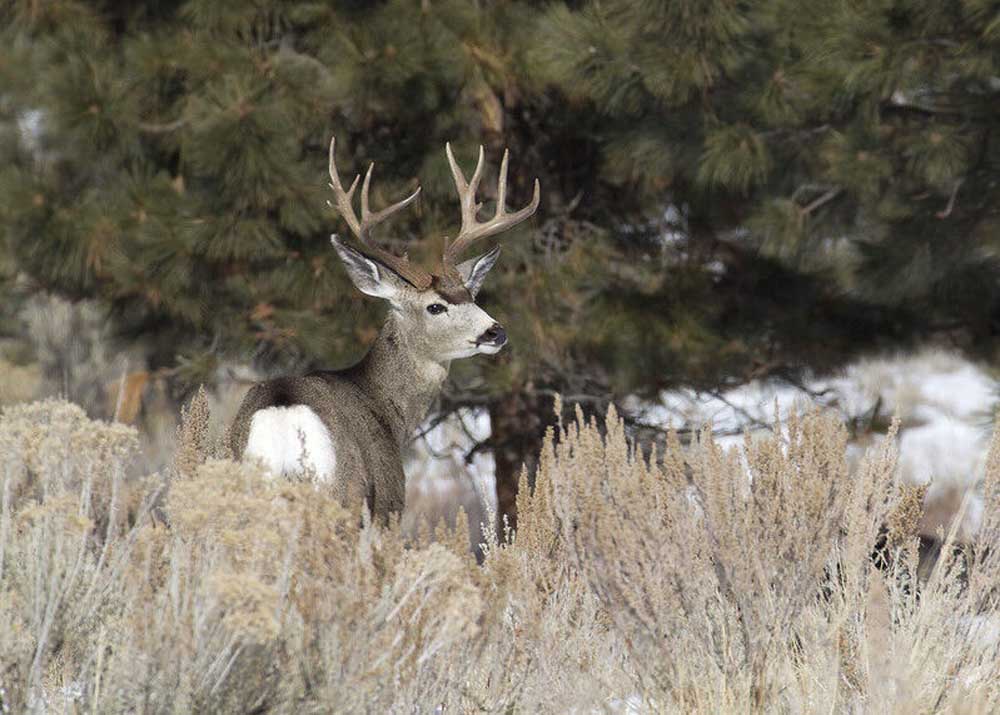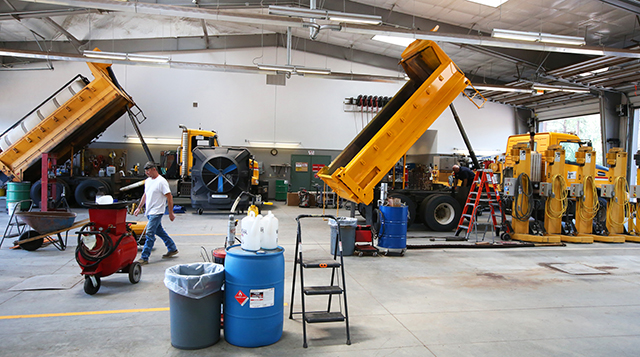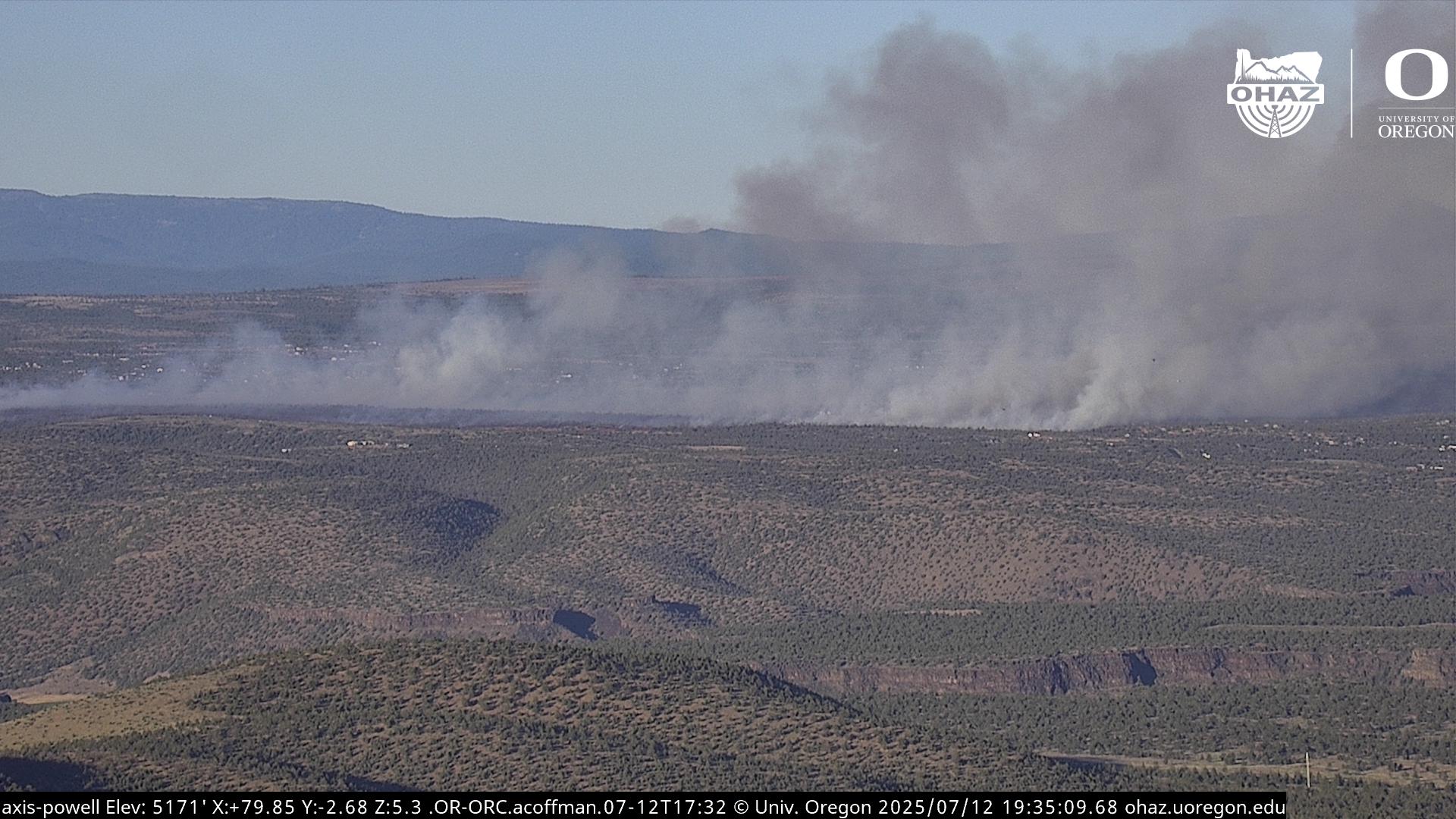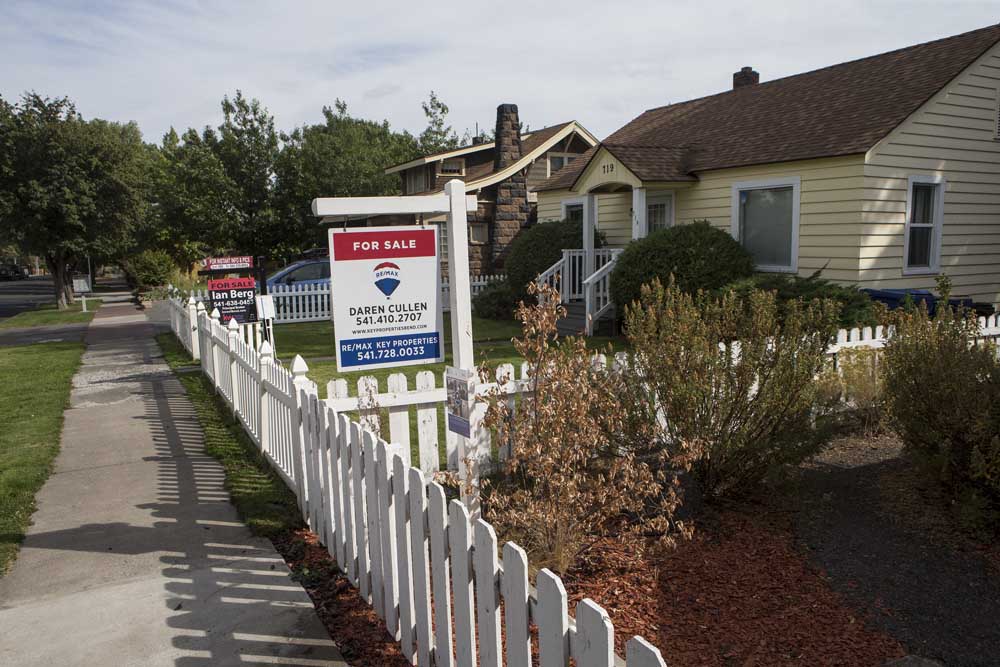Guest Column: Say no to motorized e-bikes on trails in Deschutes National Forest
Published 9:00 pm Thursday, August 8, 2024

- A mule deer in Oregon.
“We just started out by riding down deer trails.” — Bob Woodward, an early mountain bike adopter, outdoor writer.
As a board member, and on behalf of the Oregon chapter of Backcountry Hunters and Anglers (BHA), we are writing to raise concerns and promoting citizens to consider some information regarding a portion of the project area that isn’t being discussed in the recent Deschutes National Forest’s proposal to reclassify certain user-created mountain bike trails; specifically allowing Class-1 E-bikes on 161 miles of Deschutes National Forest designated non-motorized trails, primarily west of Bend (AKA Phil’s Trail Complex).
Trending
We believe it is crucial to address the potential consequences of this decision, not only for trail users but also for the wildlife. The new e-bike trail proposal isn’t considering the historical context of the trail networks that so many visitors to Central Oregon, and residents ride. Yes, the trails are there now. Yes, lots of people ride them daily. Yes, people want more trails of different skill levels and over a variety of terrain. But “the way it is” is not the way it always was and doesn’t give us a full picture of the potential impacts.
The current proposal, and the draft EA is primarily focused on comparing modern-day trail use by analog bikes to the anticipated impact of e-bikes. This approach offers a glimpse into future conditions, but fails to consider the cumulative impacts, and historical context of these trails.
For the past 40 years, these trails have been a mecca for outdoor enthusiasts and a refuge for local wildlife. Importantly, large portions of the trail network are situated in areas classified as critical winter range for both mule deer and elk. These animals rely on undisturbed habitats for survival, particularly during the harsh winter months. The introduction of additional motorized traffic poses a significant threat to their existence, potentially disrupting their natural patterns, travel corridors, and diminishing their chances of survival.
What isn’t being talked about is the history of these trails and the impacts we’ve had on the landscape for the past 40 years. Mule deer specifically have seen a 70% population decline over the past 40 years. I’m not trying to argue that that decline can be attributed to increased mountain bike use, but think it’s worth looking at the habitat fragmentation that occurs with large trail networks, increased trail usage (in terms of both number of users, frequency of trips and number of miles ridden/run/hiked on the trails).
In the recently published West Bend trails package, the USFS, went out of their way to study fragmented habitat, decommissioning some roads, and trails to maintain and increase the area of intact habitat, or security cover (safe zones), where wildlife are secure from the variety of human activities occurring around them, 24/7.
At a minimum, the e-bike proposal should follow this same precedent. In addition to factoring in the historical context and impact we’ve had in these areas, we should also be looking to minimize fragmentation that will surely persist when people can ride for longer duration and longer distances e-bikes.
Trending
Our trails are more than just recreational spaces; they are integral parts of our natural heritage. We must take a step back and evaluate the long-term impacts of introducing e-bikes on these historical landscapes. We must consider the immediate effects on the trail conditions, and the broader implications for wildlife and the environment.
I urge decision makers to engage with stakeholders, including conservationists, wildlife biologists, and local communities, to comprehensively understand the situation. By prioritizing sustainable trail management and preserving the natural balance, we can ensure that future generations can enjoy the beauty of our backcountry while respecting the needs of the wildlife that call it home.
Do you have a point you’d like to make or an issue you feel strongly about? Submit a letter to the editor or a guest column.








